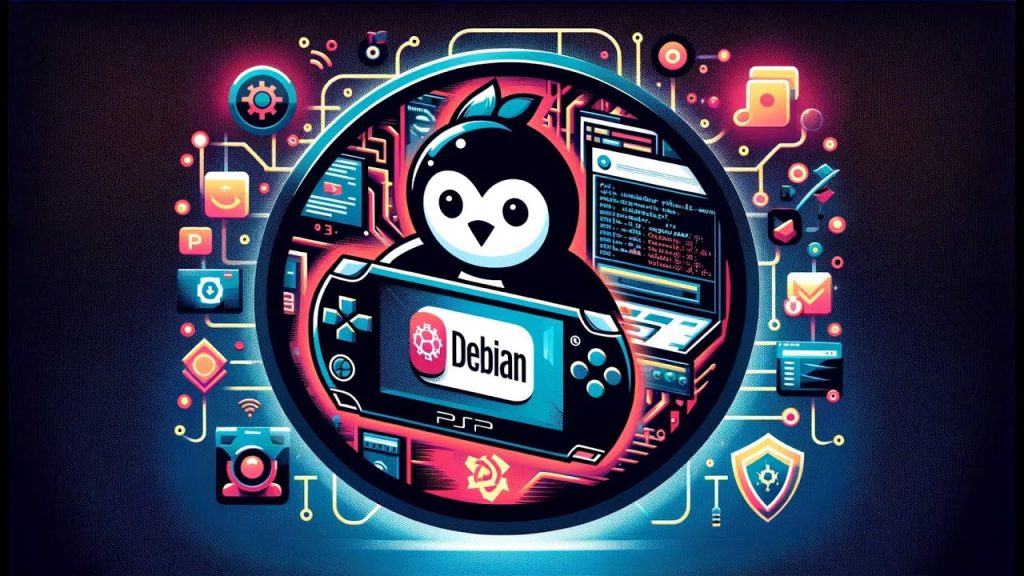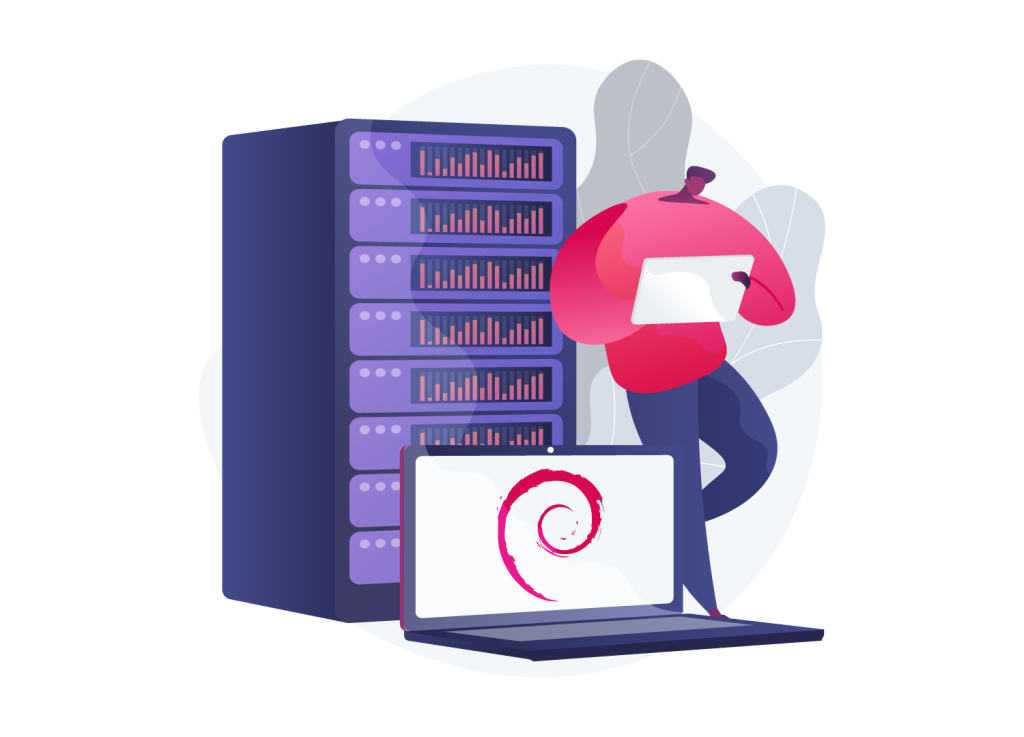What is Debian OS ?

Introduction to Debian Linux
Debian is also known as GNU/LINUX, it is a Linux distribution composed of free and open-source packages. Debian, the “Universal Operating System” stands out among the other Linux distributions for its stability and promising features. In this article, we are going to look into the history and features of Debian and understand why it holds the title of “Universal Operating System”. So, without any further trash talk let’s dive into the world of Debian.
Table of Contents
What is Debian?

Debian is a free and open-source operating system (OS) that forms the foundation for various Linux distributions. Known for its commitment to stability, security, and free software principles, Debian is developed by a volunteer community worldwide. The Debian project provides a versatile and customizable platform, offering multiple desktop environments and a vast repository of software packages.
- Its robust package management system, APT (Advanced Package Tool), simplifies software installation, updates, and removal.
- Debian serves as the basis for many other popular Linux distributions, emphasizing a dedication to free software ideals and providing a reliable and flexible computing environment for users ranging from individual enthusiasts to large-scale server deployments.
History of Debian
- Founding by Ian Murdock (1993): Debian was founded by Ian Murdock in August 1993 to create a universal, free, and open-source operating system. The project aimed to provide a robust and reliable platform that could be freely distributed and modified.
- Debian 0.01 (1993): The initial release, Debian 0.01, occurred in 1993. This marked the beginning of Debian’s commitment to being a free and open-source operating system. Even in its early stages, Debian emphasized principles of openness, community collaboration, and a focus on user freedom.
- “Toy Story” Release Naming (1996): Starting from 1996, Debian began naming its releases after characters from the Pixar animated film “Toy Story.” This quirky tradition continues today, with each Debian release being associated with a character from the movie. For instance, Debian 2.0 was named “Hamm.
- “Introduction of APT (1997): In 1997, Debian introduced the Advanced Package Tool (APT), a powerful package management system. APT streamlined the installation, upgrading, and removal of software packages, making it easier for users to manage software on their Debian systems. APT’s efficiency and reliability have contributed significantly to Debian’s reputation as a user-friendly and well-maintained distribution.
Why is it called Debian?
The name Debian is a combination of the first name of the founder and his ex-wife (Debra Lynn) (Debra Lynn + Ian Murdock).
What Language is Debian written in?
Debian is written in 70 different languages since it is committed to flexibility, stability, and community-driven development.
- Plain C
- Bash and POSIX
- Go (golang)
- Perl
- Python
- Ruby
and more are the languages in which Debian is written.
Since portable programming languages are used to write the majority of the software accessible on Debian, the source code can be compiled for a variety of architectures.
Features of Debian
- Open Source: Debian is open source so that, individuals can contribute and improve the the code to make Debain more efficient and secure.
- User Friendly: Debian comes with clean and sleek user interface. Not like windows are flooded with news and unnecessary ads.
- Package Management: Debian allows users to install software and perform operations like updating and removing software using APT. You can see the APT commands above.
- Software Centre: Debain provides a GUI Software Center from where users can install software like vscode, vlc, pycharm, etc.
- Reliability: Debian has a conservative and stable release cycle. Most updates are well-tested before release making sure, that no updates should break the system.
Advantages of Debian OS
Stability: All Debian packages are tested before being included in its repositories. Debian also has a slower release cycle than other distributions, and each version is supported for a long time. So it guarantees a high level of stability.
Security: Debian regularly provides security updates for its open-source software to quickly fix software security bugs and prevent possible vulnerabilities.
An established Linux distribution: Debian is one of the oldest and most established Linux distributions, and many popular distributions such as Ubuntu are based on Debian.
Server compatibility: You can use the original version of Debian on a server without needing a special version or modification. It is a great choice for a Linux VPS.
Open source: being open source is an advantage that users can apply any changes to the operating system.
Strong support: Debian is not just a Linux operating system, this software is produced by hundreds of volunteers worldwide. You can still be part of the Debian community even if you are not a programmer.
Debian is based on community and consensus. Due to the wide range of users, Debian has become a common practice in Linux software. You can find all kinds of software you need on Debian.

Disadvantages of Debian OS
- Delay in updating stable versions (Debian provides stable versions every 1–3 years)
- Having a slow release cycle and outdated software
- The complexity of the installation and configuration process and the need for more technical knowledge
- Does not support Delta updates such as Delta RPM
Hardware Requirements
1. Minimum Specifications:
- CPU: Pentium 4 or equivalent
- RAM: 512 MB
- Disk Space: 10 GB
2. Preferred Specifications:
- CPU: Multi-core processor (modern architecture)
- RAM: 2 GB or more
- Disk Space: 20 GB or more
Conclusion
However, there is no doubt about the popularity of the Linux Debian distribution. It has evolved immensely over the years, offering huge functionalities and a number of packages for including new technologies. Today, most of the projects are being created using the Debian distribution of Linux. It is one of the secured, stable distributions that has made it easier for the companies who look for long-term support for a specific release.
